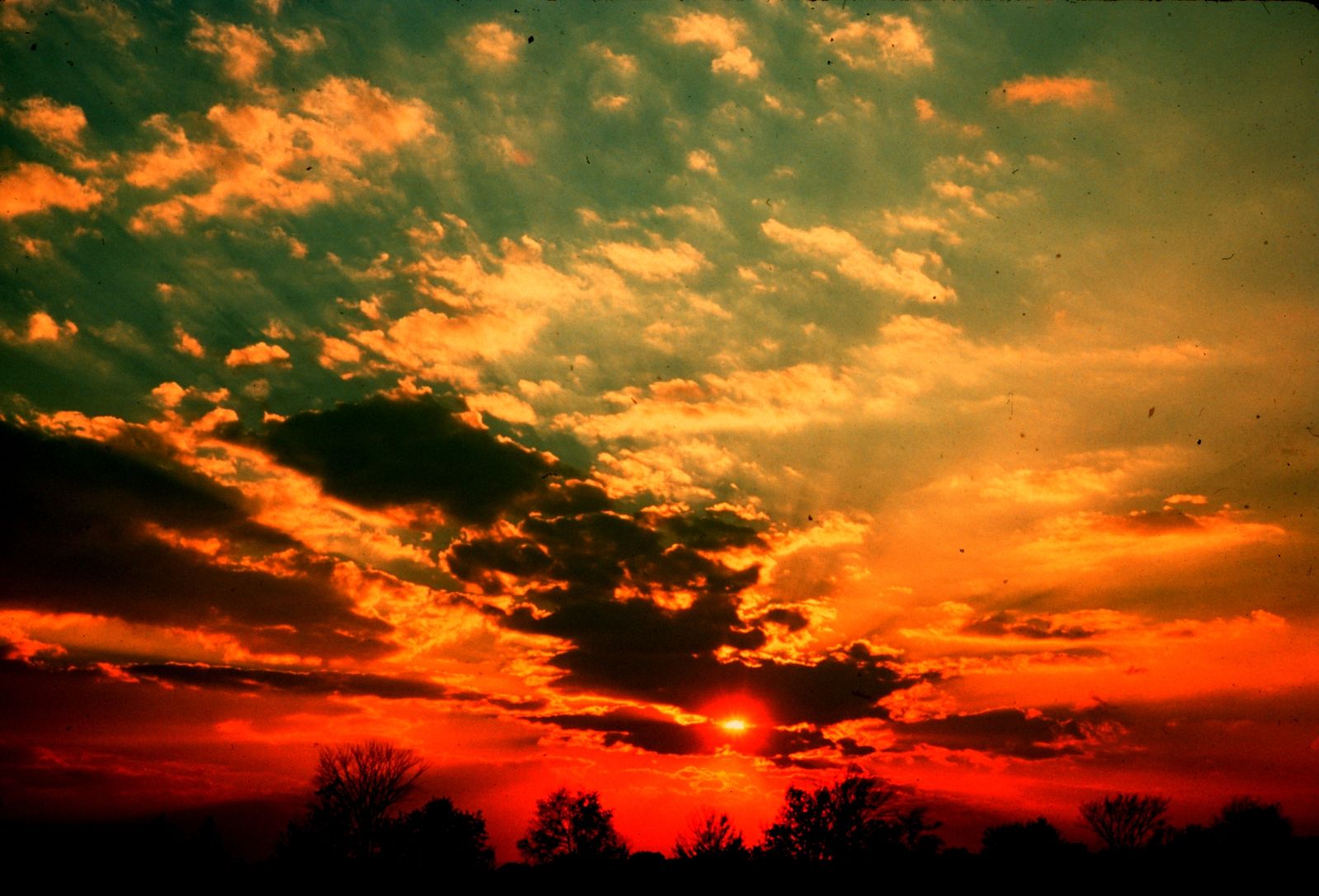Why Do Sunflowers Follow the Sun?
Description: This is an excellent phenomenon that can be used in many different units. According to researchers only young sunflowers will follow the Sun. These flowers are following a natural circadian rhythm to receive the most light for photosynthesis. However when they mature the flowers will mainly face east. The reason for this is fairly simple, bees like warm flowers, and the flowers facing the east are the warmest.
Web Resources: The Mystery Of Why Sunflowers Turn To Follow The Sun — Solved - NPR, Helianthus - Wikipedia
Weather Folklore
Description: Historic weather folklore can be used to introduce the purpose of weather forecasting. Humans tried to find patterns in the weather so they could prepare for severe weather. As the unit progresses the students could come up with lore of their own based on their observations of local weather patterns.
Web Resources: Weather Folklore - Wikipedia, Weather Wiz Kids Weather Lore
By: PD US NOAA
Snowman Melt Timelapse
Description: This video shows a snowman melting over a couple of days. Both the sun and moon can be seen in the video and differences in melting rates can be seen at night and during the day. Students could build snowman or use substitutes (e.g. ice) and place them in different locations around the school.
Homemade Thermometer
Description: Building a homemade thermometer is a great way to start a unit on weather and warming. As temperature warms the alcohol in the bottle it expands causing the level to increase in the straw. Students should measure the relative temperature in different locations. If it's not possible to build the thermometers give your students simple plastic thermometers and let them explore.
Web Resource: Thermometer - Wikipedia
Why Does the Wind Blow?
Description: Even though we experience wind nearly every day most students don't know why the wind blows. Unequal heating of the Earth causes areas of low and high pressure. Wind is simply the movement of air from an area of high pressure to an area of low pressure. Students could keep track of the wind speed and wind direction over a long period of time. They could then try to determine the cause of wind in their local environment.
Web Resource: NOAA - Why Does the Wind Blow?
World Climographs
Description: Climographs show the average temperature and precipitation in an area over the course of the year. Websites like climatecharts.net can be used to quickly identify patterns of climate around the world. Students can also ask causation questions related to the climate differences (e.g. How do mountains and wind patterns affect the climate in an area?, How do large bodies of water affect the climate in an area?)
Web Resources: Climate Charts, Climograph - Wikipedia
By NASA [Public domain], via Wikimedia Commons
Timelapse of a Blizzard
Description: Various timelapse videos of severe weather can be used to show the importance of weather forecasting. Local severe weather (e.g. Oklahoma tornado, Minnesota blizzard, Dubai sandstorm) should be used.
Web Resource: Wikipedia - Severe Weather







